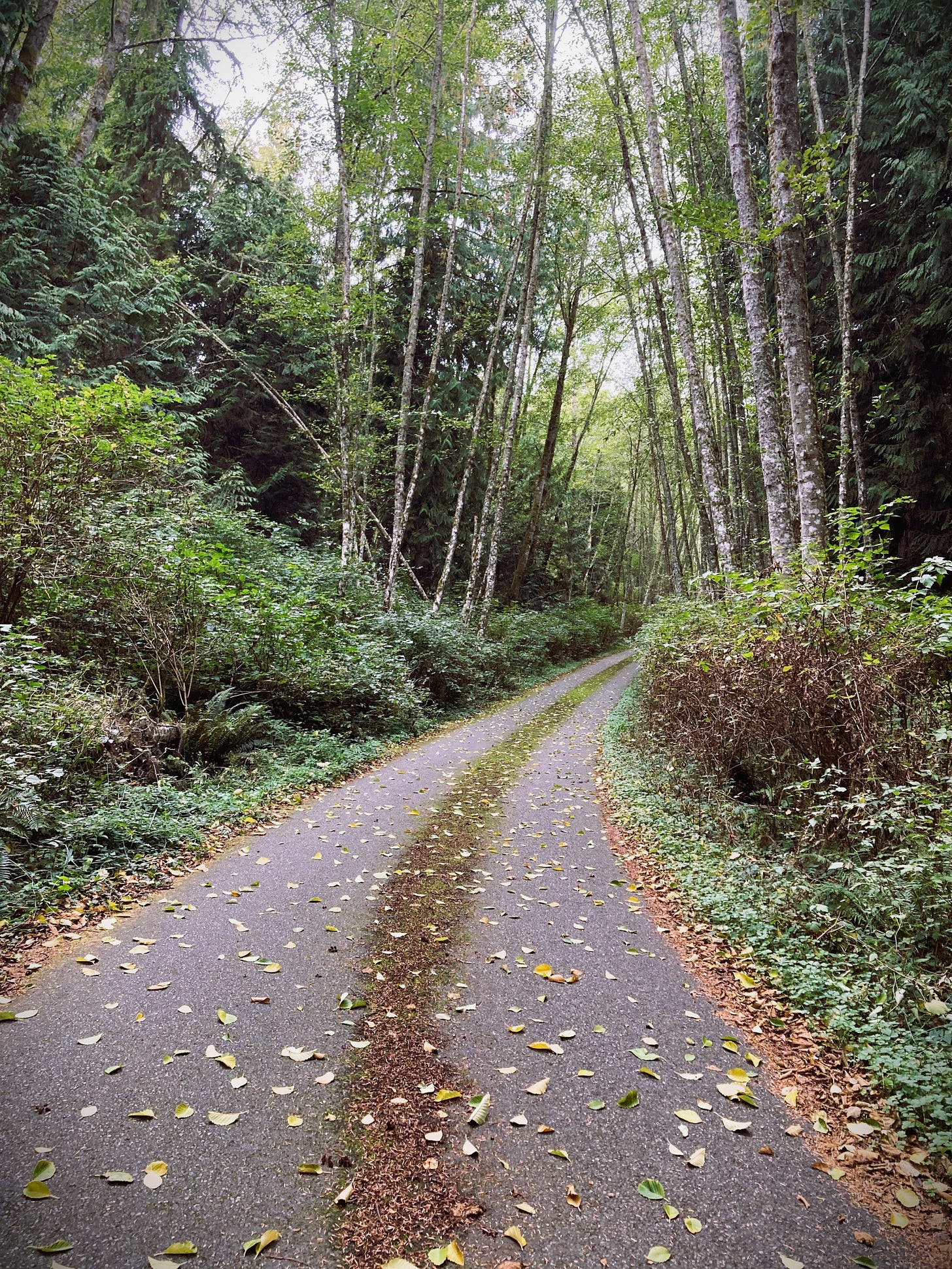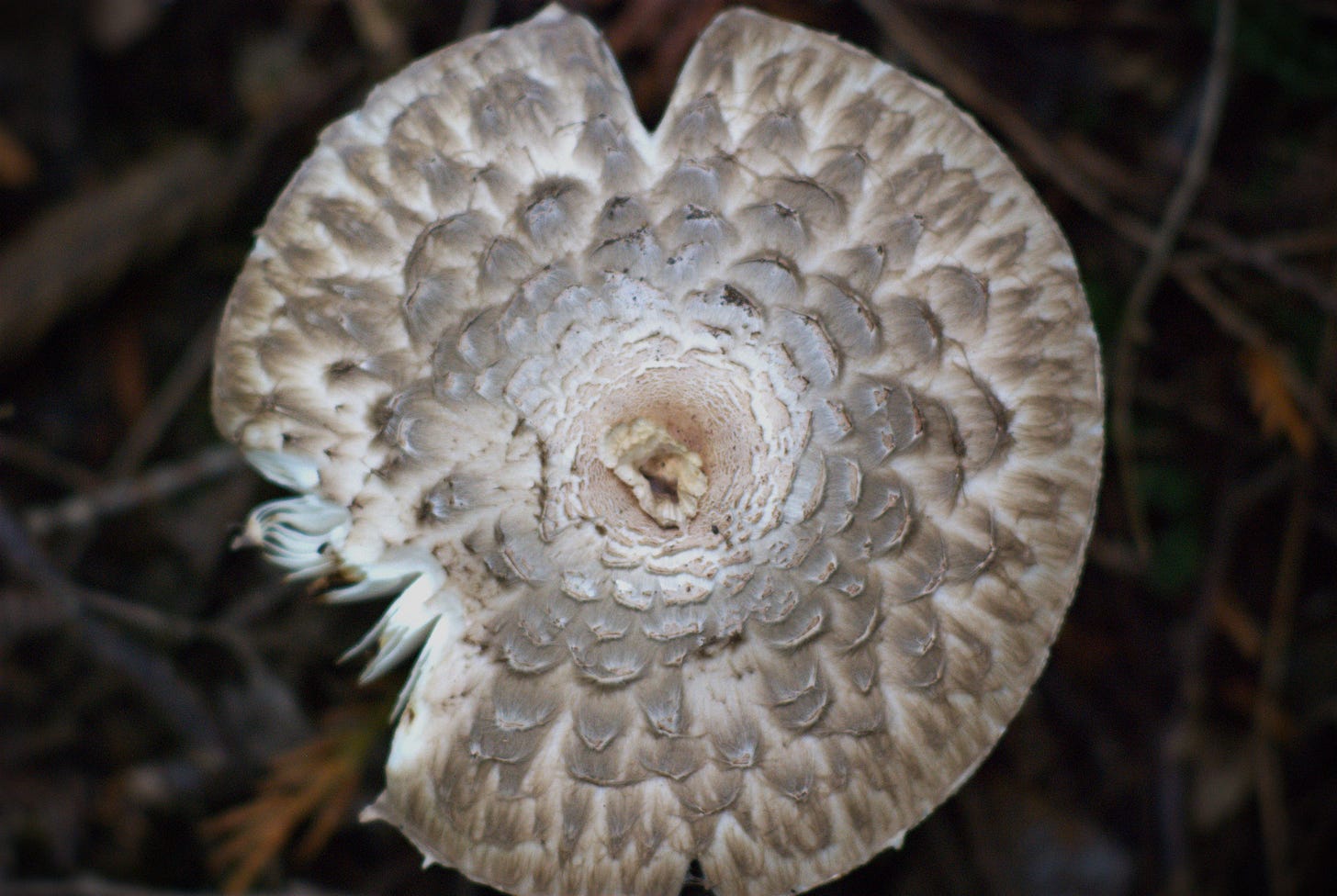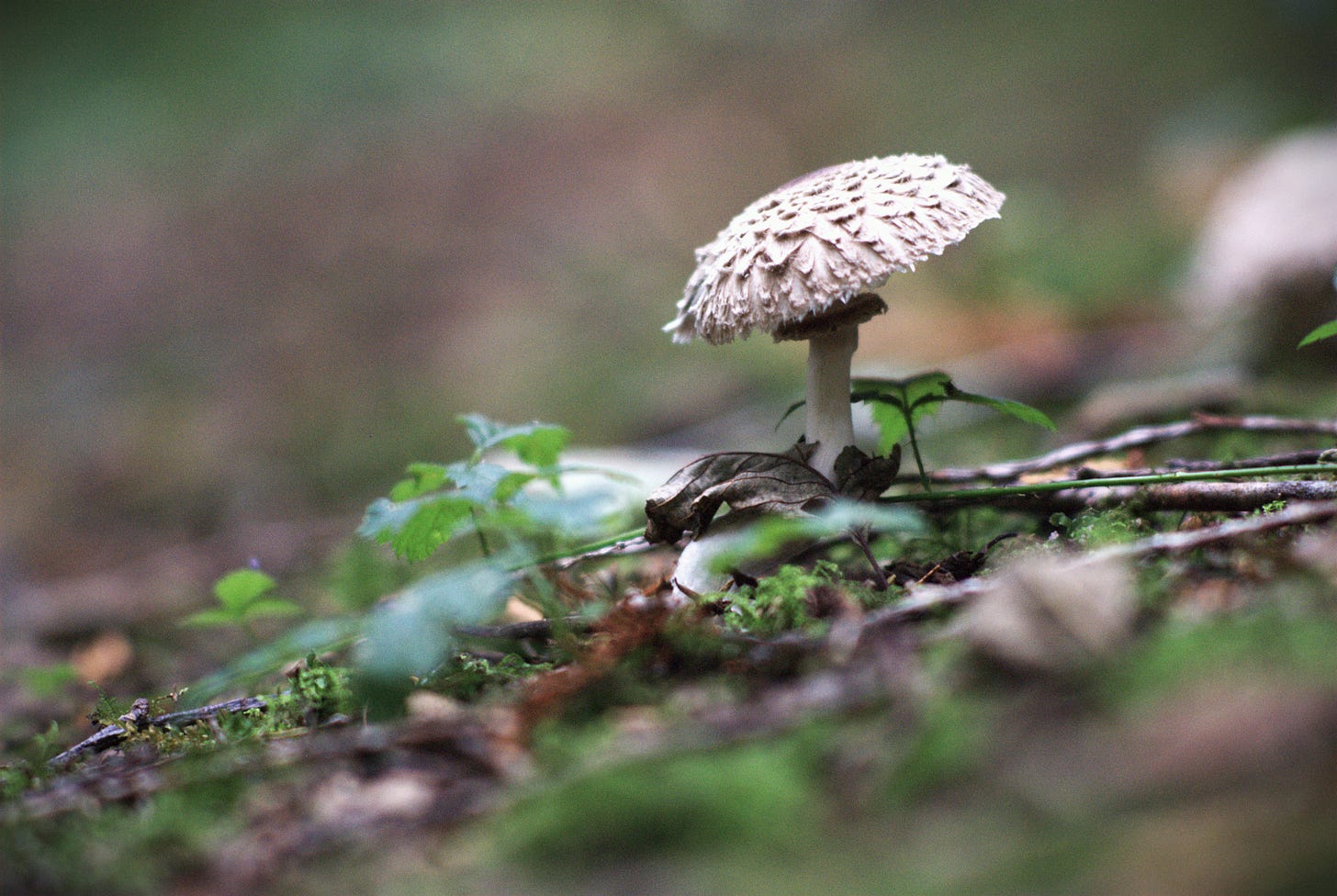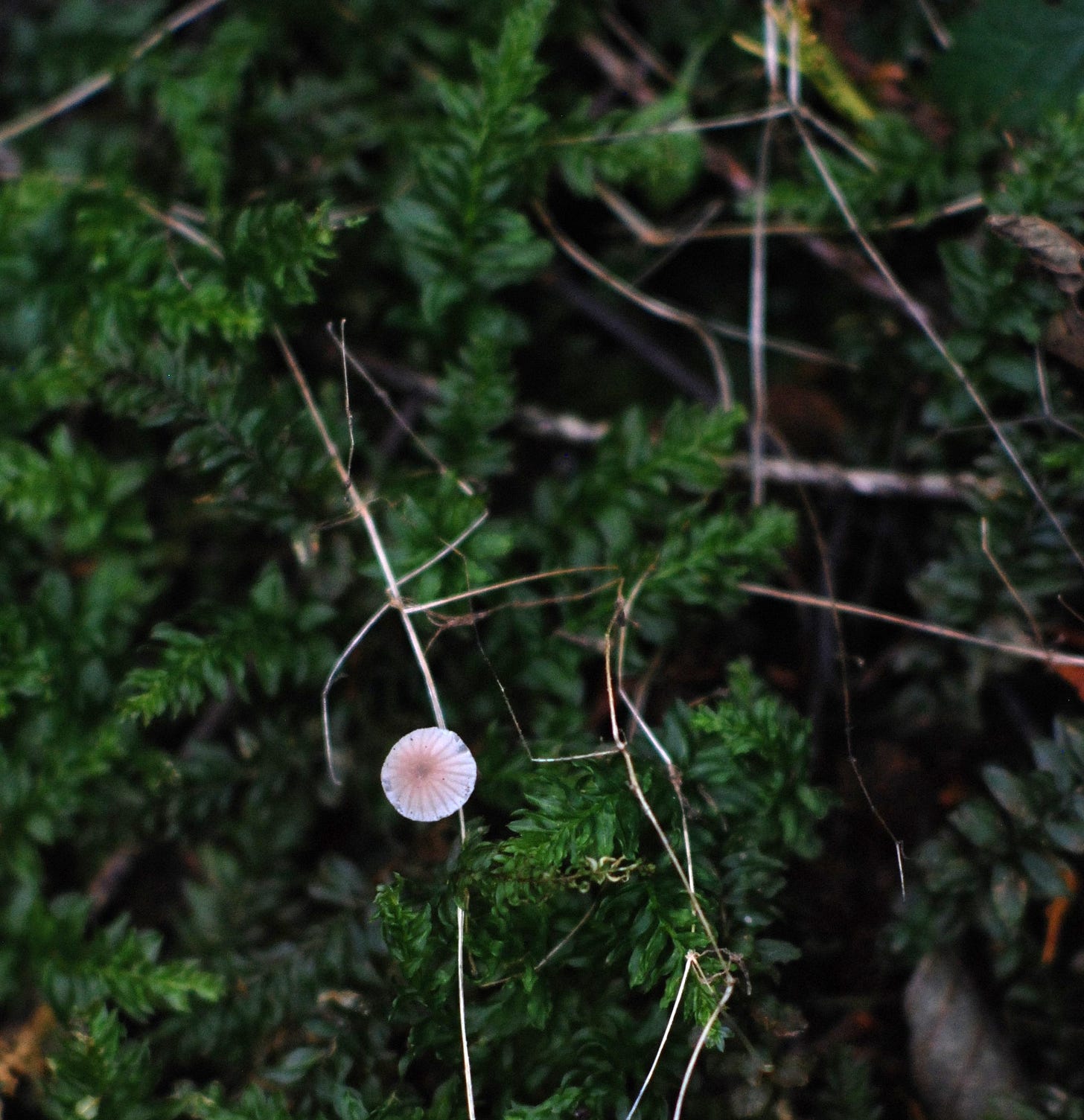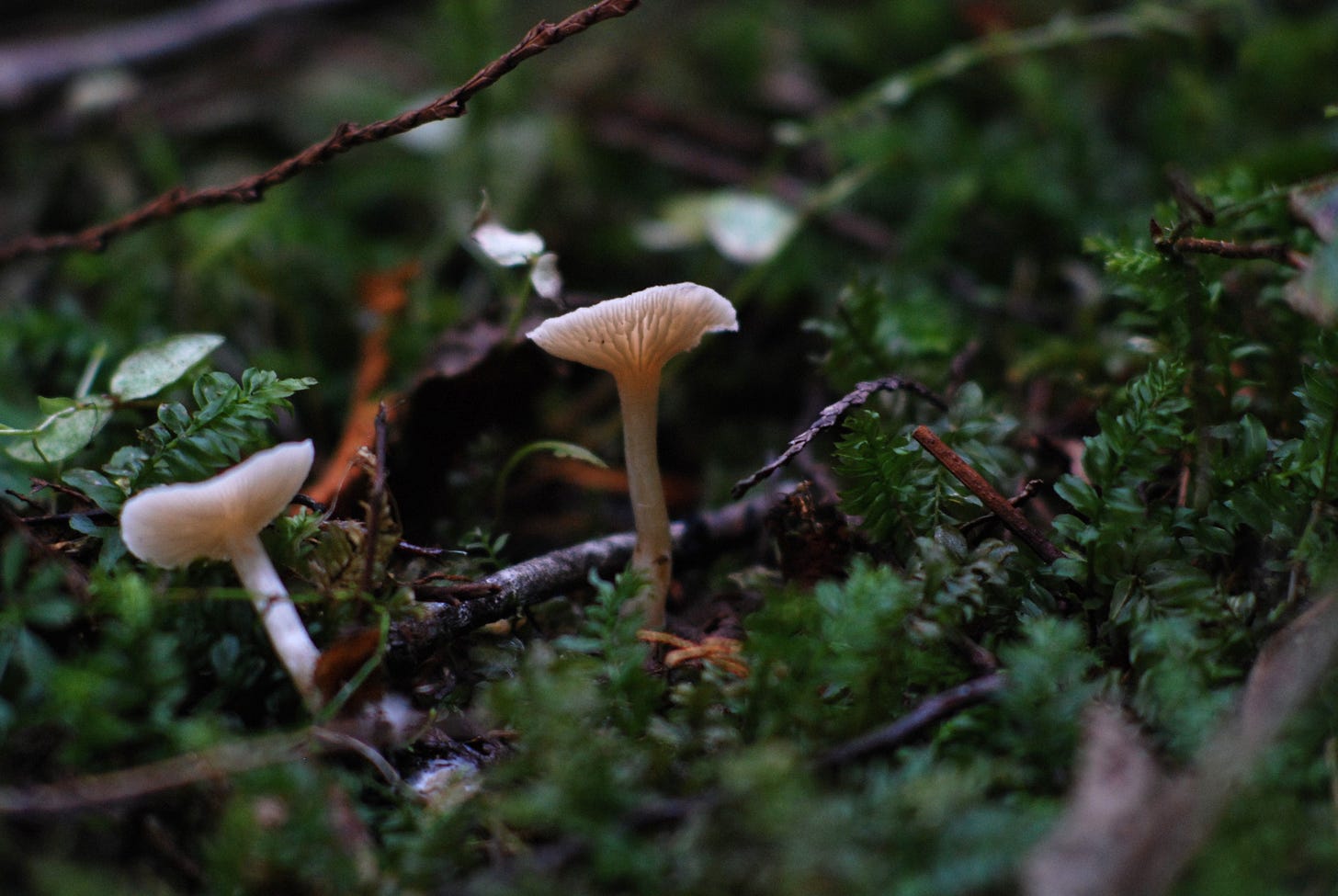Micro-Seasons One, Two and Three
balancing platters of comings and goings
Mimicking the scales of Libra itself, the world offers balanced platters of comings and goings: decay and wilt alongside flurries of fiery coloration; slow recoil and retreat next door to bold emergence; and the general hoarding and feasting (I’m talking to you, D. squirrel) before the winds and skies change altogether for whatever might come next.
Though I was tempted to name a micro-season for one of my favorite woodsy transitions, the flagging of the Western redcedar needles, I decided not to. Well, at least not yet.
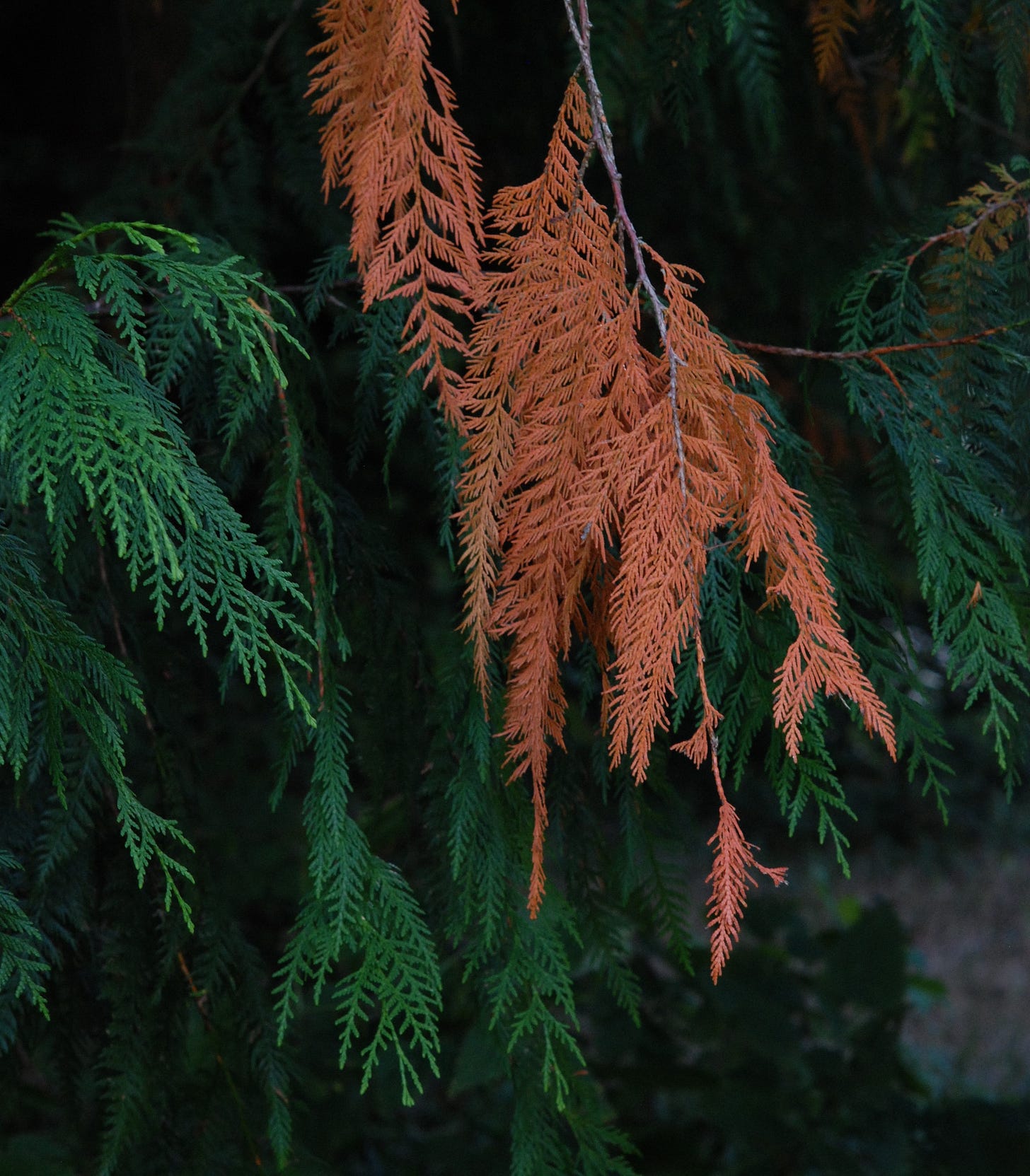
I take it as a fun and auspicious challenge from the gods that the first fifteen days of this micro-season observance and documentation project brought a little bit of everything: warmer than usual days interrupted by torrents of rain which dried up for another glorious (last?) warm fall day, topped off by a charming 4.3 magnitude earthquake around 7:20 PM last night which was centered near one of our sister islands. The earthquake introduced itself with a quick, explosion-like bolt. Thankfully, this reminder that we live atop what is estimated to be one of the areas that will suffer very heavy damage and extreme shaking when the Cascadia Subduction Zone finally endures its now overdue “big one” seems to have done little to no damage this time around.
My initial learning from this exercise is that the act of trying to narrow down and name all the local ecosystem’s activities into one brief description might not even be possible. But that isn’t the point and never was. The point was to take a closer look around, and write down (in other words: remember) what it was that truly struck me for a given four or five days. So I offer you…
One — Alder leaves descend: September 23rd - 27th
To be fair, those alder leaves start drying and falling down as soon as the last week of July, but there is a distinct time when there are many more of them tumbling. The leaves are noticeably thinner, less resilient. And this is just the beginning. This confetti of leaves will go on until early December, which is something I have recently learned to appreciate in the Red alder tree - its reluctance to give up.
Two — Blackbirds feast on madrone berries: September 28th - October 2nd
To practice self-forgiveness I will not feel (entirely) awful for not having a camera or phone with me to record what was the spectacle of a flurry of red-winged blackbirds diving gracefully into a freshly-berried Pacific madrone tree, gorging themselves, and then just as quickly retreating. Repeat. The cacophony of their piercing, insistent calls on their way in and out of the arching branches of the madrone stopped me on my dog walk, where I looked up and watched them for several minutes. I continued on down the street, still hearing them, and then — silence. They were full, fed up (in the most perfect way) and then departed. But they did not depart my mind, and I still think of that morning and whether I’ll ever hear and see such feasting again.
Three — Mushroom caps emerge: October 3rd - 7th
It almost seems lazy to offer a mushroom-y name to an October-bound micro-season in the PNW, but there was just no way around it. Those fungi have made an appearance, in every form, color, size, shape. I literally can’t walk anywhere without seeing one. And I’m just learning that the caps are only the most obvious but uninteresting part of this network. (What?) I honestly hope we can keep human civilization functioning long enough to uncover all the deep mysteries and truths about this astounding species.
In other news, it is Fat Bear Week, and I hope you are voting.



